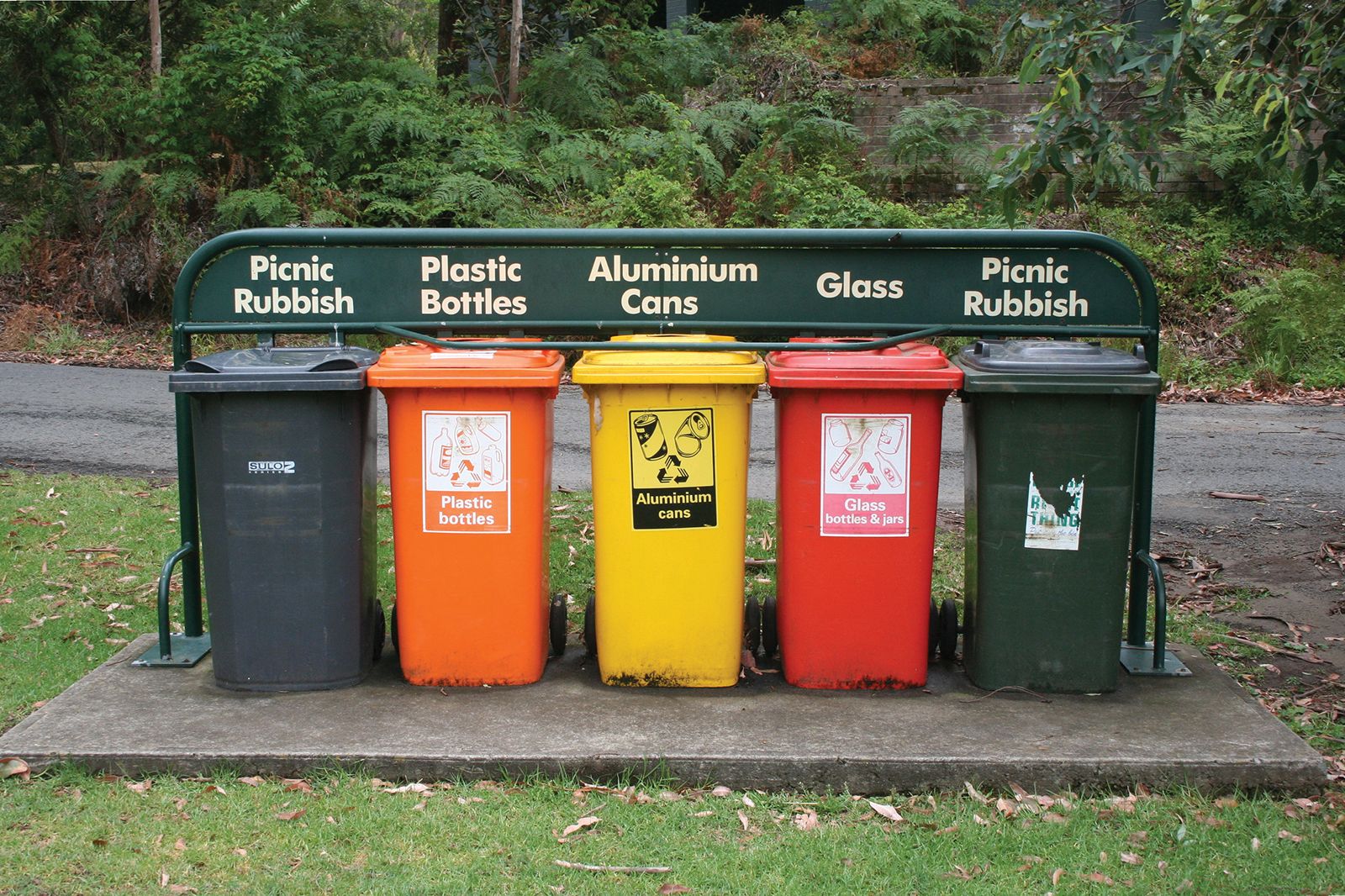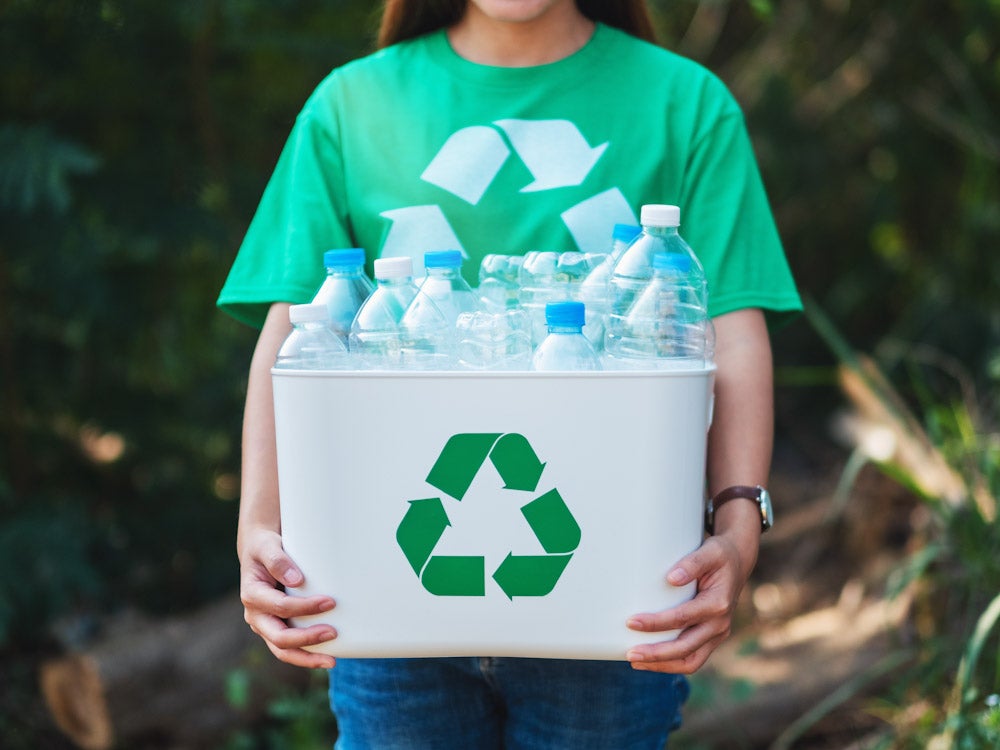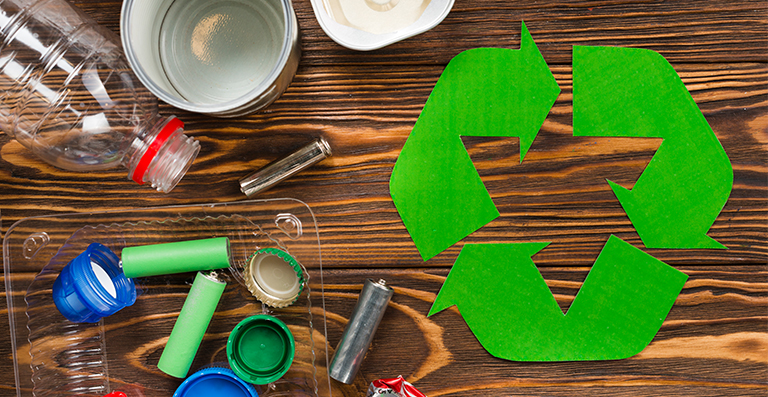Recycled plastic plays a vital role in our efforts to reduce waste and mitigate environmental damage caused by plastic pollution. This article aims to provide an in-depth understanding of recycled plastic, including its benefits, types, recycling process, applications, environmental impact, challenges, industry trends, government initiatives, and future outlook.

Introduction to Recycled Plastic
Recycled plastic refers to plastic materials that have been collected, sorted, processed, and transformed into new products instead of being discarded as waste. It involves breaking down used plastic items, such as bottles, containers, packaging materials, and manufacturing scraps, into small pieces or pellets. These pellets can then be melted and molded into various shapes to create new plastic products.

Recycled plastic offers a sustainable solution to the growing problem of plastic waste accumulation in landfills and oceans. By diverting plastic from traditional disposal methods, such as incineration or landfilling, recycling helps conserve natural resources, reduce energy consumption, and decrease greenhouse gas emissions associated with plastic production.
Benefits of Using Recycled Plastic

Using recycled plastic offers numerous benefits from both environmental and economic perspectives. The following are some key advantages:
- Conservation of Resources: Incorporating recycled plastic into the manufacturing process reduces the demand for virgin plastic raw materials derived from fossil fuels. This conservation of resources helps preserve finite petroleum reserves and reduces the need for extraction and refining processes, which have significant environmental impacts.
- Energy Savings: The production of recycled plastic requires less energy compared to producing plastic from scratch. The recycling process typically consumes fewer resources, including electricity and water, resulting in substantial energy savings and reduced carbon emissions.
- Waste Reduction: By recycling plastic, we divert a significant amount of waste from landfills and oceans. This not only helps mitigate the harmful effects of plastic pollution on ecosystems but also reduces the need for additional landfill space and incineration facilities.
- Lower Greenhouse Gas Emissions: The extraction, refining, and manufacturing processes involved in producing virgin plastic generate substantial greenhouse gas emissions. Using recycled plastic significantly reduces these emissions, contributing to efforts to combat climate change.
Types of Recycled Plastic

Recycled plastic can be categorized into different types based on its composition and source. Here are some common types of recycled plastic:
- Polyethylene Terephthalate (PET): PET is commonly used in beverage bottles and food packaging. It can be recycled into various products such as polyester fibers for clothing, carpets, and even new PET bottles. The recycling process involves cleaning, shredding, melting, and reforming the plastic.
- High-Density Polyethylene (HDPE): HDPE is widely used in milk jugs, detergent bottles, and other containers. It can be recycled into items such as plastic lumber, drainage pipes, and irrigation tubing. The recycling process includes sorting, washing, grinding, and pelletizing.
- Polypropylene (PP): PP is commonly found in bottle caps, yogurt containers, and food packaging. It can be recycled into automotive parts, garden furniture, and other plastic products. The recycling process involves sorting, shredding, washing, and extruding the plastic.
- Polystyrene (PS): PS is used in disposable cups, food trays, and packaging materials. It can be recycled into products like foam insulation, picture frames, and office supplies. The recycling process includes sorting, shredding, and melting the plastic.
- Polyvinyl Chloride (PVC): PVC is commonly used in pipes, window frames, and flooring materials. Recycling PVC presents certain challenges due to the presence of additives. However, innovative recycling methods have been developed to convert PVC into new products, such as vinyl flooring and plumbing pipes.
In conclusion, recycled plastic is an important material that plays a crucial role in reducing waste and protecting the environment. By using recycled plastic, we can conserve natural resources, reduce energy consumption, and prevent plastic waste from ending up in landfills or polluting our oceans and waterways. While there are still challenges to overcome in terms of increasing recycling rates and improving the quality of recycled plastic, it is clear that recycling is an essential part of creating a more sustainable future. By embracing the use of recycled plastic and supporting efforts to increase recycling, we can all play a part in creating a cleaner, greener, and more sustainable world.

